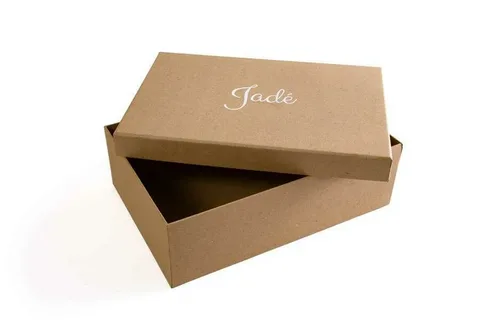Shoe boxes come in various sizes depending on the type of shoes they are designed to hold. Whether you’re a retailer, a packaging expert, or someone looking to organize storage, understanding the dimensions of a shoebox is essential. Many people ask, what are the dimensions of a shoebox, or how big is a shoe box in inches? The answer depends on factors such as shoe style, brand, and region. This article explores the average shoebox size and standard measurements in both inches and centimeters.
Standard Shoe Box Dimensions
The average shoebox size varies, but most follow a general guideline. A standard shoebox typically measures around 13 inches in length, 7.5 inches in width, and 4 to 5 inches in height. These dimensions can slightly differ depending on the brand and type of shoes packaged. For example, men’s, women’s, and children’s shoes all have different shoebox dimensions.
How Long Is a Shoe Box?
The length of a shoebox is one of the most critical factors when determining storage and packaging solutions. Typically, shoeboxes range from 12 to 14 inches in length, depending on the shoe size. For instance, a men’s shoe box is usually on the larger end, while a children’s shoe box is considerably smaller.
How Tall Is a Shoe Box?
The height of a shoebox plays an important role in protecting the shoes inside. On average, a standard shoe box is between 4 to 5 inches tall. However, for larger footwear like boots or high-top sneakers, the height may increase to accommodate the shoe design.
Shoe Box Length, Width, and Height in Inches and CM
Understanding shoe box length, width, and height helps when purchasing storage or planning packaging for retail. Here are the common shoe box dimensions:
- Men’s Shoe Box: 14 inches (35.5 cm) long, 10 inches (25.4 cm) wide, and 5 inches (12.7 cm) tall.
- Women’s Shoe Box: 13 inches (33 cm) long, 7.5 inches (19 cm) wide, and 4.5 inches (11.4 cm) tall.
- Children’s Shoe Box: 10 inches (25.4 cm) long, 6 inches (15.2 cm) wide, and 4 inches (10 cm) tall.
Standard Shoe Box Size in CM
For those preferring metric measurements, the standard shoe box size in cm is typically around 33 cm in length, 19 cm in width, and 11 cm in height. These dimensions are ideal for most shoes, ensuring a balance between protection and efficient use of space.
Why Shoe Box Dimensions Matter
Many people wonder, how big is a shoe box in inches, and why do these measurements matter? Shoe box dimensions are crucial for several reasons:
- Retail Packaging – Properly sized shoeboxes enhance the presentation and branding of footwear.
- Storage Solutions – Knowing shoe box dimensions helps organize closets and storage spaces efficiently.
- Shipping Considerations – When mailing or transporting shoes, understanding their box dimensions helps determine shipping costs and packaging needs.
- DIY and Repurposing – Many people use shoe boxes for crafts, storage, and home organization, making their size an important factor.
Differences in Shoe Box Sizes Across Brands
While there is a general standard, shoebox dimensions can vary among brands. Luxury shoe brands often use larger, sturdier boxes with additional padding. Athletic shoe companies might design boxes with more ventilation, affecting the overall dimensions.
Choosing the Right Shoe Box for Your Needs
If you’re looking to store, transport, or display shoes, understanding the standard shoe box size in cm and inches is essential. Before purchasing storage solutions or packaging boxes, measure the length, width, and height of your shoes to ensure they fit comfortably.
Conclusion
Shoe box dimensions are not one-size-fits-all. While the average shoebox size typically measures around 13 inches in length, 7.5 inches in width, and 4 to 5 inches in height, variations exist based on shoe type and brand. Whether you are asking how long a shoe box is, how tall is a shoe box, or need to know a shoe box’s length, width, and height, understanding these measurements helps with storage, shipping, and packaging needs. Next time you purchase shoes, take a moment to check the box dimensions—it might just make your organization and logistics much easier.

